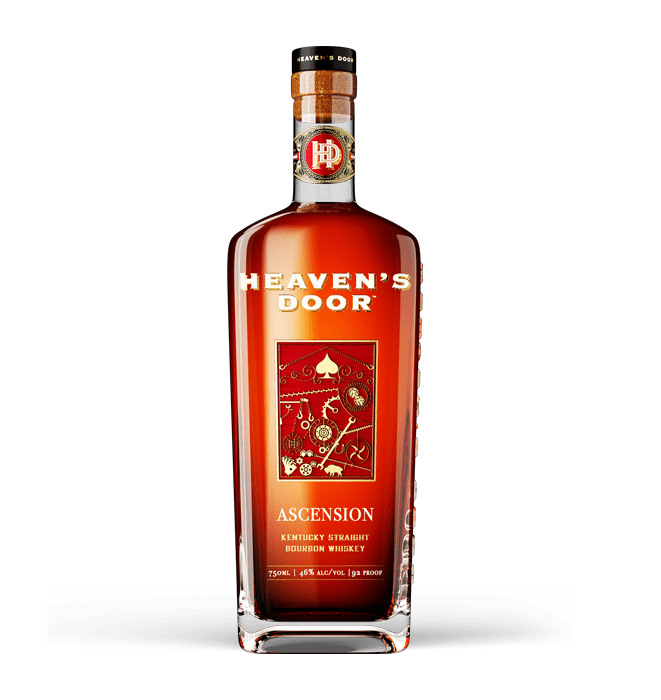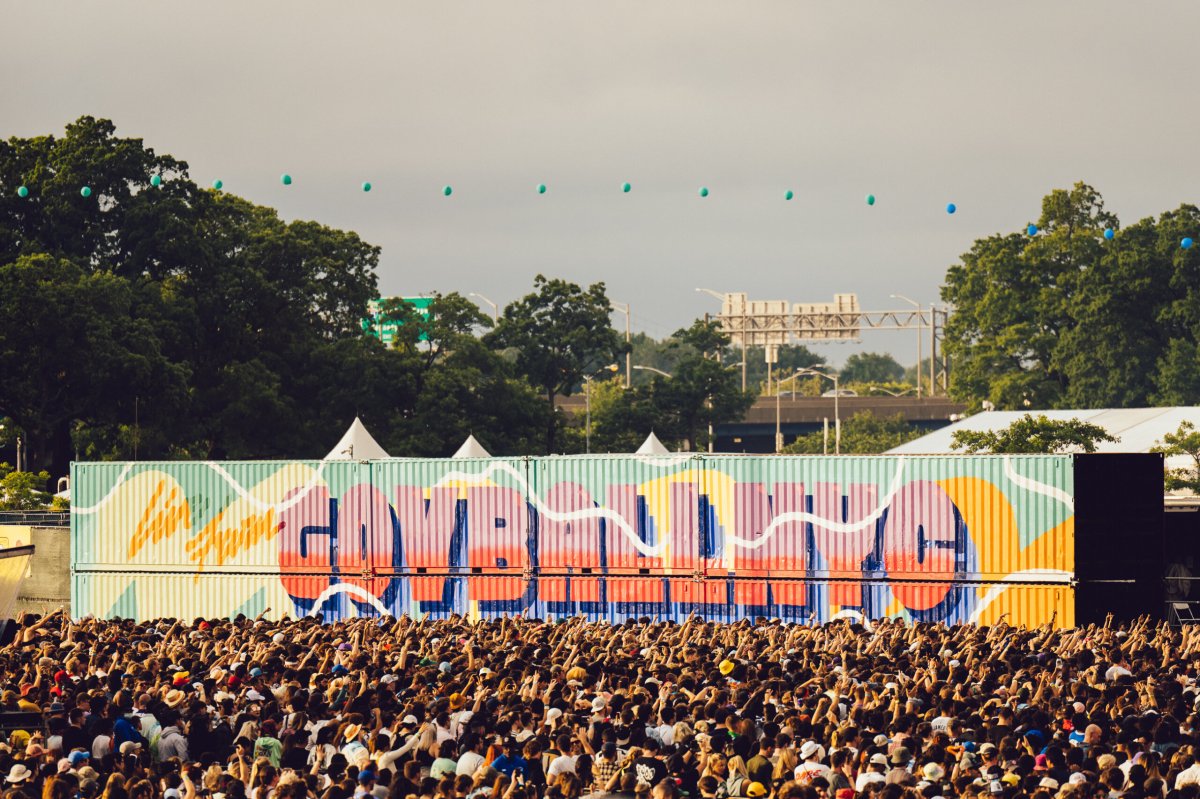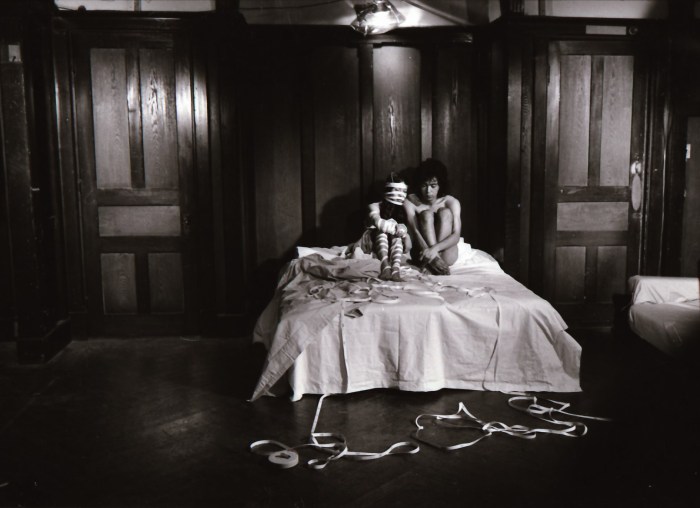In New York City, staying on top of the hottest new restaurants can be like an Olympic sport. Rushing to get a table and eat at the best new spot is a cutthroat game.
But true restaurant lovers also appreciate the good old standbys — restaurants that have been open for decades or even a century or more.
Browse through our timeline of some of the most time-honored eateries in the city:
1762 -1767 (approx.): Fraunces Tavern
Sometime between 1762 and 1767 in lower Manhattan, Fraunces Tavern began serving ale and food. It has not been a functioning restaurant in the entire time since, however. The historic building was home to prominent New Yorkers, is called the oldest building in Manhattan by the Sons of the Revolution, was host to the secret society the Sons of Liberty and is a site on the New York Freedom Trail. Today, it’s a tavern again, serving Colonial-style shepherd’s pie, tomahawk steaks for two and raw oysters (of course). It’s also the home of the Fraunces Tavern Museum.
Fun fact: George Washington dined at Fraunces Tavern with his officers in the Continental Army on Dec. 4, 1783, after the British withdrew from New York.
54 Pearl St., Financial District, frauncestavern.com
1837: Delmonico’s restaurant
In 1827, the Delmonico brothers set up a small shop in the Financial District selling fine pastries, coffee, chocolate, wine and liquor and Havana cigars. No doubt seeing that luxury sold, the brothers bought a plot of land at the intersection of Beaver, William and South William streets, and Delmonico’s restaurant was born in 1837. It was the first dining establishment in America to use tablecloths.
Fun fact: The classic American foods lobster Newburg, eggs Benedict and of course, the Delmonico steak (a boneless rib-eye brushed with melted butter and beef fat after it comes out of the broiler) were created here.
56 Beaver St., Financial District, delmonicosrestaurantgroup.com
1864: Pete’s Tavern
This unobtrusive Gramercy tavern and beer hall has been a fully functioning restaurant and drinking establishment for 150 years — even during Prohibition, when a flower shop served as a front. The original design elements (the rosewood bar, the pressed tin ceiling and the original tiled floor), still delight guests. On the menu are burgers and Italian fare. Pete’s was once called Healy’s, named after its owners.
Fun fact: The writer O. Henry lived near Healy’s, and the tavern plays a role in his story “The Lost Blend.” It’s also rumored he wrote his famous story “The Gift of the Magi” at the tavern.
129 E. 18th St., Gramercy, petestavern.com
1868: The Old Homestead Steakhouse

Perhaps you’ve seen the life-size cow on the outside of the building that’s been home to the Old Homestead Steakhouse since 1868? It’s basically a beacon, beckoning historic restaurant and steak lovers alike. This classic New York City establishment has never strayed — servings are large, and the prime dry-aged rib eye is a must order. Old Homestead is the city’s oldest steakhouse — beating out both Peter Luger’s and Keens.
Fun fact: It’s said that the “doggie bag” was invented here. The portion sizes were so large that customers always had leftovers to take home.
56 Ninth Ave., Chelsea, theoldhomesteadsteakhouse.com
1884: P.J. Clarke’s
The home of one of New York City’s most iconic hamburgers fills with revelers during happy hours (just as it was portrayed in “Mad Men,” if you remember when Peggy danced for Pete). It’s a favorite of tourists, New Yorkers and bigwigs alike; famous faces to grace the Irish saloon include Frank Sinatra, Jackie Kennedy Onassis and Nat King Cole. The raw bar to the right of the entrance features an impressive selection of local oysters and clams.
Fun fact: P.J. Clarke’s didn’t get its name until 1902. From 1884 until then, the bar was managed by a “Mr. Jennings,” who opened after seeing a demand for a watering hole for the Irish immigrants who worked in the area.
915 Third Ave., Midtown East, pjclarkes.com
1885: Keens Chophouse

Producer Albert Keen established this restaurant in the former Herald Square theater district, where it hosted its fair share of actors and other professionals in the playmaking business. According to the restaurant, it has one of the largest collections in the world of churchwarden pipes (the kind Sherlock Holmes smokes); hundreds, if not thousands, line the steakhouse’s ceiling. The Keens’ clay pipes were brought from the Netherlands, were registered by the guests who smoked them and kept clean by “pipe boys,” in whose ranks Teddy Roosevelt, Babe Ruth, Adlai Stevenson and John Barrymore once belonged.
Fun fact: While most old-school New York City steakhouses are best-known for porterhouse steaks, rib eyes and prime rib, at Keens, you really should order the Mutton Chop, a saddle of lamb nearly two inches thick.
72 W. 36th St., midtown, keens.com
1887: Peter Luger Steakhouse
Eating at Peter Luger Steakhouse in Brooklyn is a rite of passage for any serious foodie. Devouring a porterhouse steak, onion and tomato salad, thick-cut bacon, creamed spinach and a dry martini will never feel as good as it does here. Originally called Carl Luger’s Café, Billiards and Bowling Alley, the restaurant opened in 1887 in what was then a predominantly German section of Williamsburg. When Peter Luger died, a local businessman who ate two steaks a day there bought the restaurant and maintained the business.
Fun fact: Peter Luger only buys USDA prime steaks for its restaurants. They’re dry-aged on site.
178 Broadway, Williamsburg, peterluger.com
1888: Katz’s Delicatessen

Everyone’s favorite Jewish deli was originally called Iceland Brothers, named after — you guessed it — the Iceland Brothers. Willy Katz joined the business in 1903 and eventually bought out the brothers, but despite management and name changes, Katz’s has remained true to its style and menu over the years. If you want a pastrami and corned beef sandwich, matzo ball soup or chopped liver, head to the Lower East Side. Katz’s prides itself on making its cured meats with a slow, 30-day process.
Fun fact: The famous scene from “When Harry Met Sally,” where Meg Ryan’s character fakes an orgasm, was filmed in Katz’s. The owners told Gothamist that the scene is reenacted once or twice a week, even now, two decades after the film was released.
205 E. Houston St., Lower East Side, katzsdelicatessen.com
1890: Yonah Schimmel Knishery
Yonah Schimmel began selling knishes from a pushcart on Houston Street in 1890, and in 1910 moved into the storefront where it still sells the dough pockets and other traditional Jewish foods, like kugel and latkes. Visiting the knishery is like taking a step into the Lower East Side of yore, but fillings have expanded beyond the traditional potato and kasha to sweet potatoes, jalapeños and more. Martha Stewart and director Morgan Spurlock have both gone on record as calling the baked, round knishes here the “best ever.”
Fun fact: Founder Schimmel was also a rabbi.
137 E. Houston St., Lower East Side, knishery.com
1896: Rao’s
This East Harlem institution is tiny, which makes it nearly impossible to get into. Mayors, dignitaries, ballplayers and New York celebrities like Woody Allen are all “regulars,” and with only 12 tables, there’s not much space for anyone else. The food is classic red sauce Italian and the meatballs are considered to be some of the best in the city.
Fun fact: The host and one of the owners who holds court at Rao’s most nights is a familiar face. Frank Pellegrino is also an actor. You’ve seen him in “Goodfellas” and on episodes of “Law & Order” and “The Sopranos,” in which he appeared regularly as FBI Chief Frank Cubitoso.
455 E. 114th St., raosrestaurants.com
1897: Lombardi’s
Gennaro Lombardi launched his namesake business after emigrating from Naples, Italy. Lombardi’s — where other great pizzaoli like John Sasso of John’s, Patsy Lancieri of Patsy’s, and Anthony Pero of Totonno’s all studied their craft — is considered the birthplace of New York-style pizza. The coal oven-baked pies were first sold in 1897 out of a grocery store, and the pizzeria we know today opened in 1910. Its sauce-less pie topped with freshly shucked clams is particularly beloved among locals.
Fun fact: The Pizza Hall of Fame recognizes Lombardi’s as the first pizzeria in the United States.
32 Spring St., Little Italy, lombardisoriginalpizza.com
1900: Bamonte’s
Now a home for fancy condos and expensive boutiques, Williamsburg was once the home of a thriving Italian community living around the Graham Avenue stop on the L train. While some descendants of that community still remain, and a few Italian bakeries and butcher shops do, too, the crown jewel is Bamonte’s Restaurant. This red-sauce joint with original chandeliers is a perfect distraction from modern life. Stop in for a plate of the huge handmade cheese ravioli, served in a light tomato-and-meat sauce, or the lasagna with chicken and spinach.
Fun fact: Scenes for “The Sopranos” were filmed at Bamonte’s.
32 Withers St., Williamsburg, 718-384-8831
1904: Ferdinando’s Focacceria
Originally just a luncheonette for the area’s longshoremen, today Ferdinando’s is a beloved hole-in-the-wall Sicilian restaurant on the outskirts of Carroll Gardens. Both old-timers and newcomers to the neighborhood enjoy the food at Ferdinando’s, especially the panelle (Sicilian fritters made with chickpea flour) and vastedda (cow’s spleen) sandwiches, layered high with ricotta and Parmesan. Ferdinando’s also makes a delicious pasta con sarde, with garlic, olive oil, fennel, sardines and pine nuts.
Fun fact: Ferdinando’s was started by Ferdinando Ciaramataro, and taken over by his son-in-law Francesco Buffa, who married his daughter. It’s a family business.
151 Union St., Caroll Gardens/Red Hook, ferdinandos-focacceria-brooklyn-2.sites.tablehero.com
1906: Barbetta

A family-owned business for more than a century, Barbetta celebrates the food of the Piemonte region in northwest Italy in a distinctly fine dining setting. (We’re talking about chandeliers from a Torino palace owned by an Italian royal family, a harpsichord dating back to 1631 and a stone fountain in the romantic outdoor garden here.) White truffles offer a taste of luxury and figure predominantly on the menu when in season. Specialties include the bollito, agnolotti pasta and risotto.
Fun fact: In 1987, Barbetta was one of the first restaurants to discourage smoking by replacing matches with after-dinner chocolate mints.
321 W. 46th St., midtown, barbettarestaurant.com
1907: Gargiulo’s Restaurant
Gargiulo’s Restaurant is a Coney Island fine-dining establishment that serves classic Neapolitan fare on white tablecloths and has hosted countless parties, weddings and celebrations in its Grand Ballroom. In 1965, restaurateurs Michael, Victor and Nino Russo acquired the place from the Gargiulo family. Their brother Ralph designed the octopus sculpture that famously hung from the ceiling of the restaurant’s main dining room for more than two decades.
Fun fact: The restaurant had, until not too long ago, enforced a strict dress code of proper attire, no shorts and no tank tops. Changing demographics and superstorm Sandy’s devastation forced the owners to reconsider.
2911 W. 15th St., Coney Island, gargiulos.com
1908: John’s of 12th Street
John’s is another hidden gem of a red-sauce joint serving simple, delicious Italian food. You can even order pasta in a butter sauce. The space is reminiscent of the Italian restaurant in “The Godfather,” where Michael Corleone shoots the mobster and police captain. White tablecloths and tile floors give the dining room its ambience.
Fun fact: Guy Fieri’s Food Network show, “Diners, Drive-In’s and Dives,” filmed a segment at John’s. Fieri loves the veal meatballs with marsala sauce.
302 E. 12th St., East Village, johnsof12thstreet.com
1913: Grand Central Oyster Bar
The Grand Central Oyster Bar opened when Grand Central Terminal did, in 1913. The restaurant is beloved for its fresh seafood and historic architecture. The Guastavino tile ceilings were recently restored. Even if you don’t want to eat there, next time you’re in Grand Central, stop by for a look.
Fun fact: While oyster stew was the dish that made the restaurant famous, the Oyster Bar wasn’t actually the seafood-focused establishment you know today until the late restaurateur Jerome Brody took over in 1974.
Grand Central Terminal, 89 E. 42nd St., oysterbarny.com
1916: Nathan’s Famous
Owner Nathan Handwerker opened his stand with a $300 loan from two friend and his wife’s recipe after working at Feltman’s German Gardens, another hot dog restaurant. That July 4, legend has it that Nathan’s Famous Hot Dog Eating Contest began when four immigrants tried to prove who among them was the most patriotic. Today, Nathan’s has restaurants around the world and products in supermarkets across the U.S.
Fun fact: According to the film “Famous Nathan’s,” Handwerker was a leader in workforce integration. Many African-American and Hispanic workers were able to find jobs at Nathan’s when no other businesses in the area would hire them.
Surf and Stillwell Avenues, Coney Island, nathansfamous.com
1920: Nom Wah Tea Parlor
Nom Wah is considered the first dim sum parlor in New York City, although it first opened as a tea parlor and bakery specializing in moon cakes. Located originally at 13-15 Doyers St., it moved next door in 1968. The restaurant has the same vintage look it did when it opened, with tile floors and Chinese lanterns hanging from the ceiling, and you place your order using a checklist and pencil to mark off the items you’d like.
Fun fact: Nom Wah is famous for more than just its food; the restaurant’s throwback interior has been used as a filming location for movies like “The Amazing Spider-Man 2” and “Premium Rush.”
11-13 Doyers St., Chinatown, nomwah.com
































